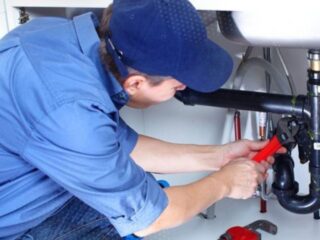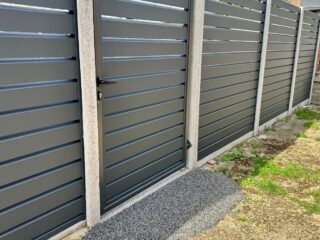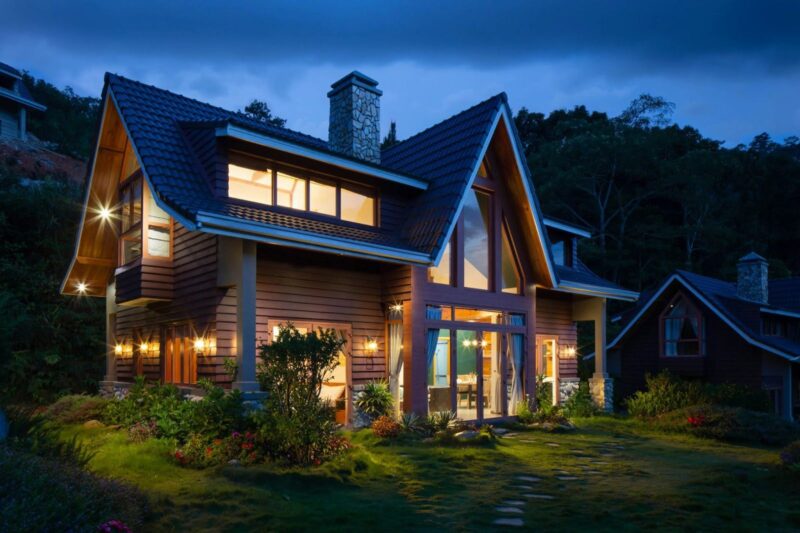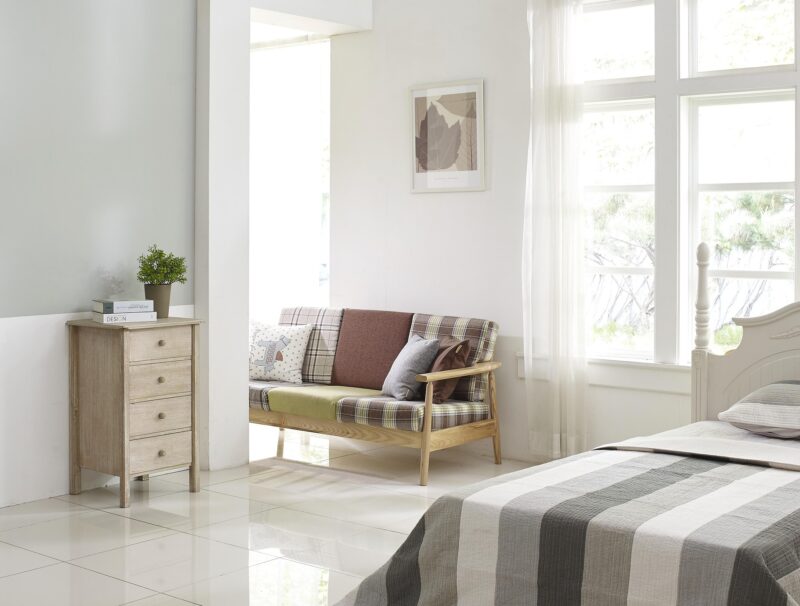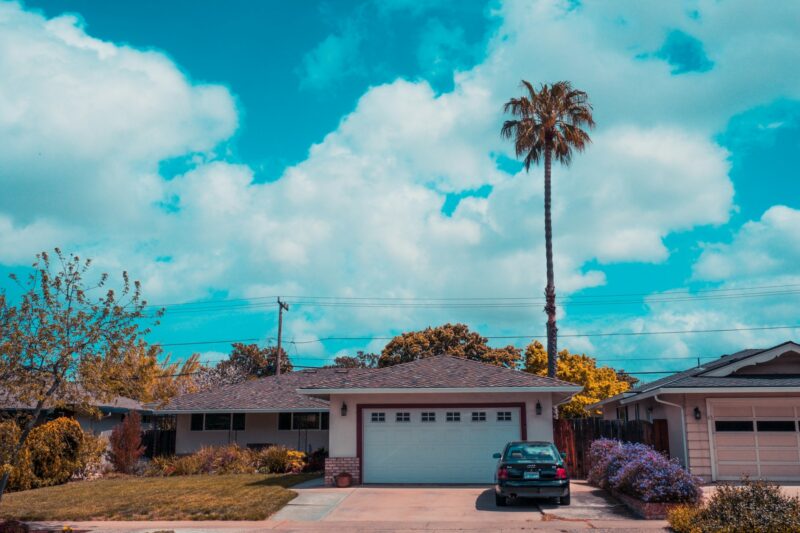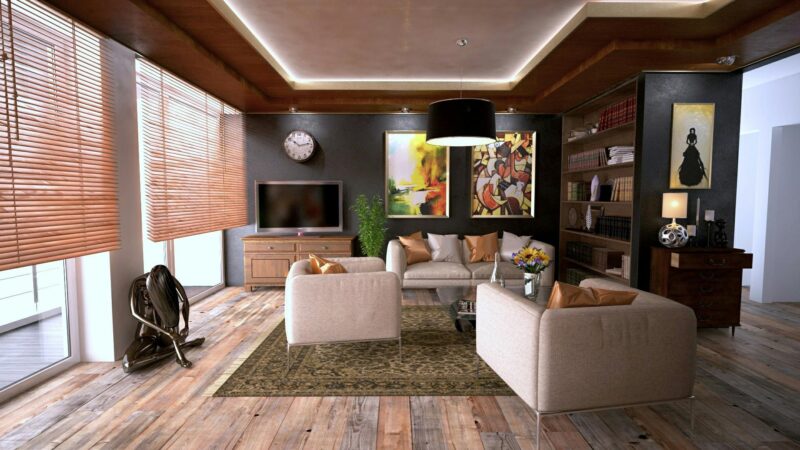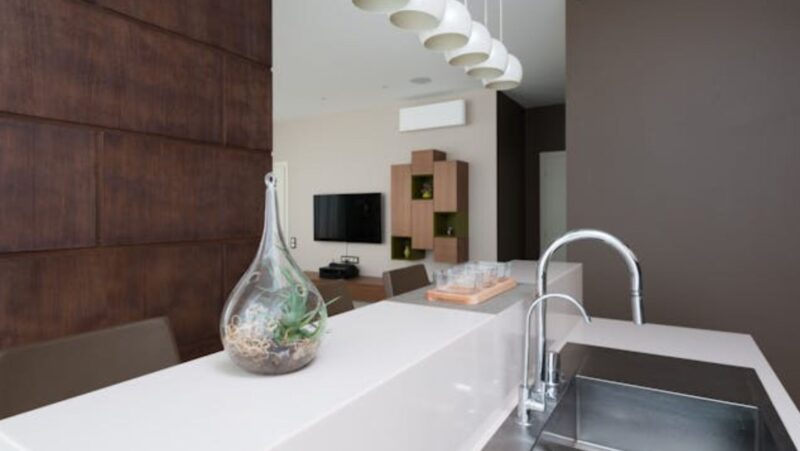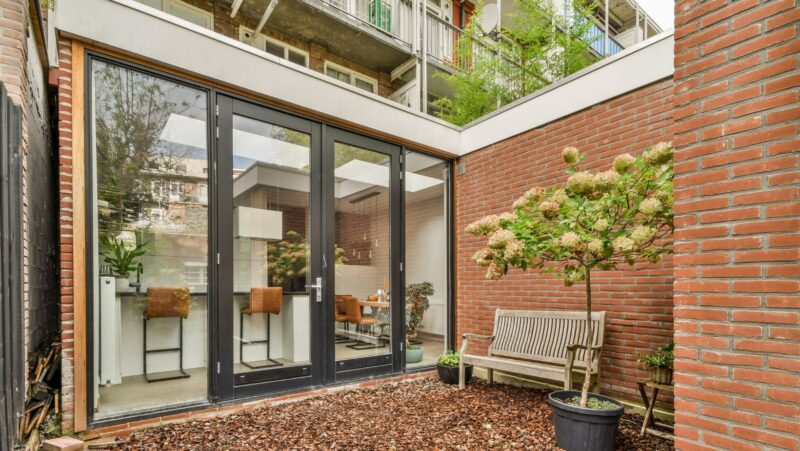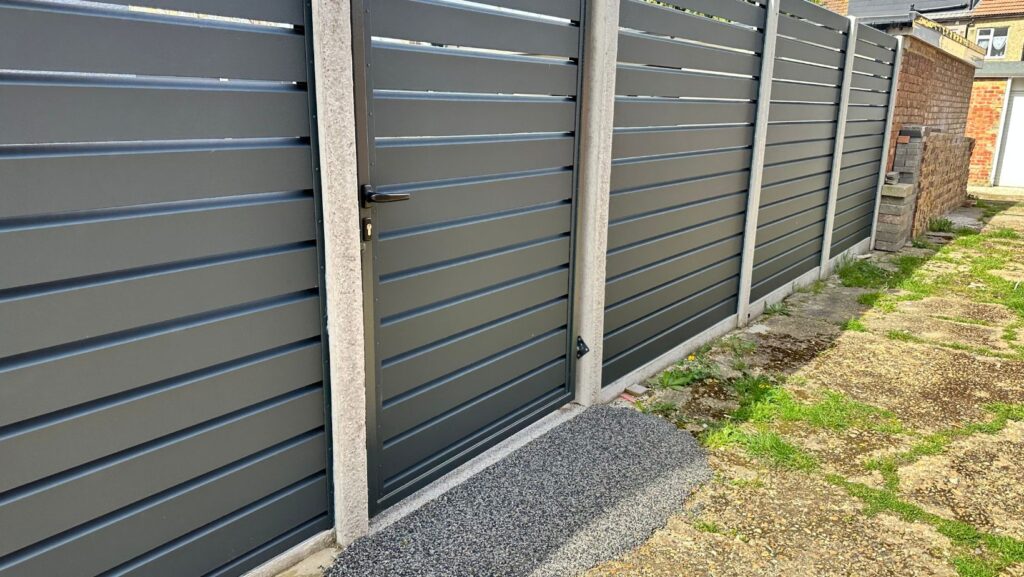
A fence does more than mark property boundaries; it shapes the look of your yard and plays a key role in keeping your dog safe. Many homeowners assume they have to choose between a stylish fence and a secure one, but that’s no longer the case. With the right design choices and safety upgrades, you can enjoy both beauty and protection. This guide walks you through how to enhance fence aesthetics without sacrificing your dog’s well-being.
Understanding Your Current Fence and Your Dog’s Safety Needs
Before you start staining, decorating, or upgrading, take a moment to evaluate what your fence needs both visually and structurally.
Begin with a simple inspection: look for rotted boards, peeling paint, gaps, splinters, or weak posts. Any compromised area can be both an eyesore and a safety risk for your dog. Next, consider your dog’s behavior. Does your dog jump high? Dig obsessively? Slip through tiny gaps? Their habits should influence your design and reinforcement strategies.
Finally, decide whether you’re sticking with a traditional fence, adding an electronic pet containment system, or using both. Many homeowners prefer combining solutions for maximum security and flexibility.
Fence Enhancement Ideas That Boost Appearance
If your yard looks dull or outdated, there’s good news: you can enhance the look of your fence using simple yet effective upgrades that instantly improve curb appeal.
Refresh With Stain or Paint
A fresh coat of paint or stain is one of the quickest ways to transform your fence. Modern color trends include warm cedar, slate gray, charcoal, and crisp white. Besides the visual upgrade, stain also protects the wood from moisture and sun damage, extending the fence’s life.
Add Decorative Elements
Lattice panels, horizontal slats, post caps, and trim pieces can take your fence from basic to eye-catching. These decorative additions add personality without affecting structural integrity or safety.
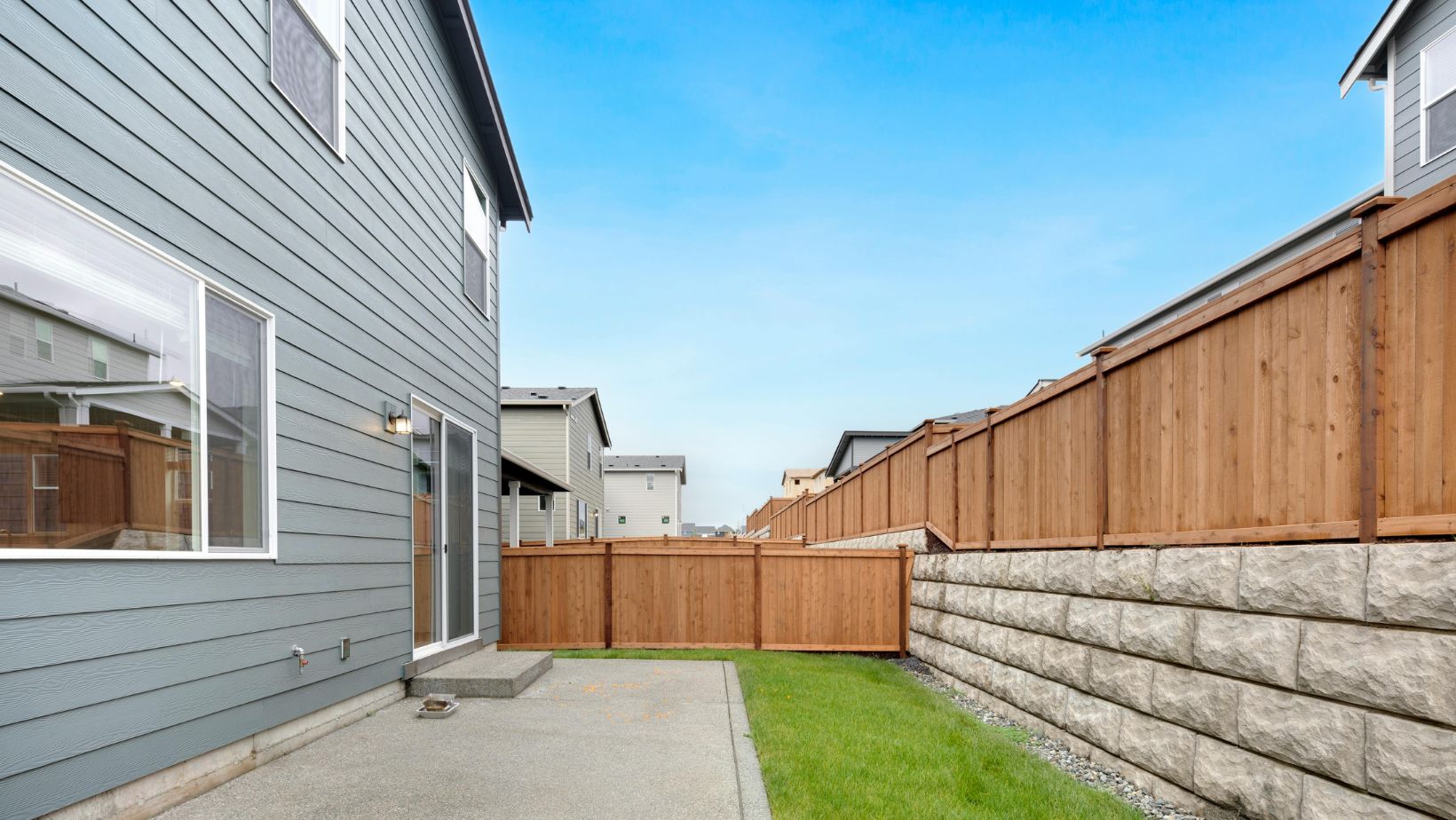
Use Landscaping to Soften and Beautify the Fence Line
Plants are a natural way to dress up your fence. Climbing vines, flowering shrubs, and potted greenery can bring color and softness to an otherwise plain structure. Choose dog-safe plants such as lavender, rosemary, marigolds, and sunflowers to avoid accidental poisoning.
Install Subtle Fence Lighting
Lighting adds both charm and functionality. Consider solar-powered fence lights or discreet LED strips along posts. Good lighting not only elevates evening curb appeal but also keeps your yard safer for your dog after dark.
Enhancing Your Fence for Better Dog Safety
A beautiful fence is pointless if your dog can escape or injure themselves, so safety must remain a priority.
Secure Weak or Loose Sections
Replace damaged boards, tighten screws, and reinforce loose posts. Even small gaps can tempt determined dogs, especially curious or anxious ones.
Add Dig-Proof Barriers
If your dog loves digging, install a deterrent. Options include laying gravel along the base, installing metal mesh below the soil line, or adding sturdy landscape edging. These small changes can stop even the most persistent diggers.
Increase Fence Height
Some dogs, especially athletic breeds, can clear surprisingly tall barriers. If your dog jumps, consider adding trellis extensions or panels to increase height without making the fence look bulky.
Eliminate Sharp Hazards
Check for exposed nails, wires, or splinters. Not only can these cause injury, but they can also weaken sections of the fence over time.
Integrating an Electronic Dog Fence Without Affecting Aesthetics
Adding an electronic system is an excellent way to reinforce safety without altering your yard’s appearance. Pet Stop offers an electronic fence for dogs that blends seamlessly with any outdoor design, making it a great choice for homeowners wanting invisible protection.
How Electronic Dog Fences Work
Electronic dog fences use an underground wire connected to a transmitter. When your dog approaches the boundary, their collar receives a gentle correction. The system works invisibly, keeping your yard visually open and uncluttered.
Benefits of Combining Traditional Fencing With an Electronic Fence
Using both provides maximum safety. The physical fence prevents outside threats from entering, while the electronic boundary stops your dog from digging under, jumping over, or pushing through.
Placement Tips for Best Aesthetics
Install the underground wire just inside or outside your existing fence line. Ensure that landscaping, mulch beds, or structural upgrades don’t interfere with signal transmission. Since all components are hidden, your yard maintains a clean and polished look.
Training Is Essential
For the system to work effectively, your dog needs proper boundary training. Start with short daily sessions, walk your dog around the perimeter, and use positive reinforcement to help them understand the boundaries.
Pet-Safe Aesthetic Materials and Decor
Choosing the right materials ensures your fence remains both beautiful and dog-friendly.
Dog-Safe Plants
Enhance your fence line with nontoxic plants. Stay away from harmful ones such as azaleas, oleander, and sago palms.
Durable, Pet-Proof Fence Materials
Vinyl, composite, aluminum, and pressure-treated wood hold up well against chewing, scratching, and weather exposure.
Avoid Dangerous Decorations
Skip sharp metal accents, dangling ornaments, or small pieces that can fall off and become choking hazards.
Maintenance Tips to Keep Your Fence Looking Good and Functioning Safely
Seasonally, clean and inspect your fence for mold, debris, or shifting soil that may create escape points. Retouch paint or stain annually to maintain curb appeal. For electronic fences, regularly check the system for broken wires and replace collar batteries as needed.
Conclusion
You don’t have to choose between a beautiful fence and a safe space for your dog. With thoughtful upgrades, smart landscaping, and optional electronic fencing, you can create a yard that looks polished and protects your pet. Combine aesthetic enhancements with practical safety measures to build a space where both you and your dog can relax with confidence.



